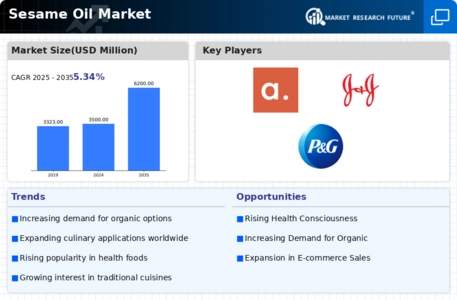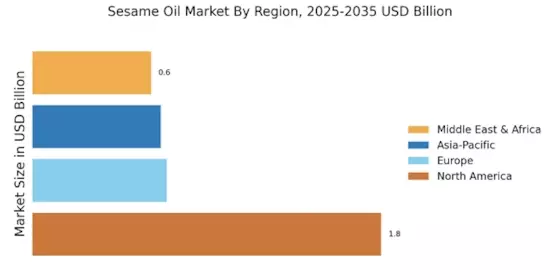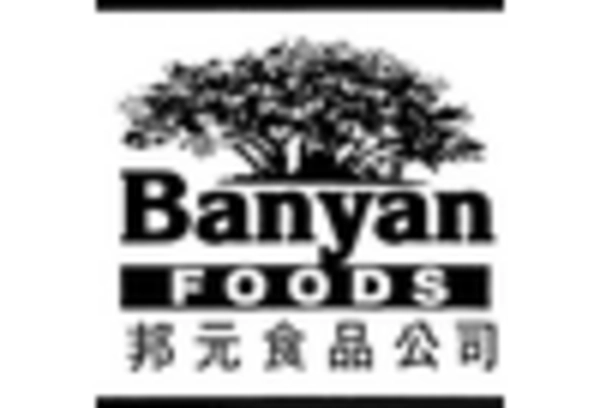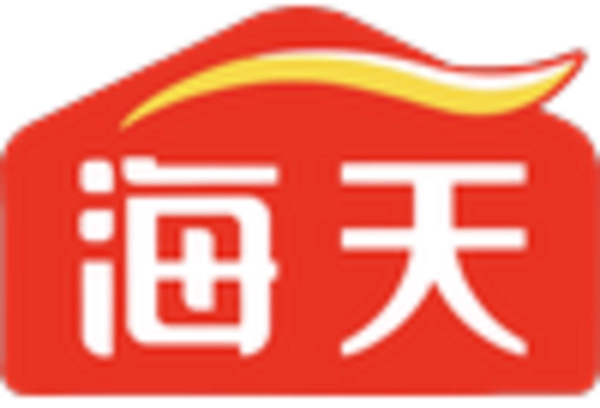The Sesame Oil Market is currently characterized by a dynamic competitive landscape, driven by increasing consumer demand for healthy cooking oils and the rising popularity of Asian cuisines. Key players such as Sanjivani Agro (India), Kadoya Sesame Mills (Japan), and Soom Foods (US) are strategically positioning themselves through various operational focuses, including product innovation, regional expansion, and sustainability initiatives. These companies are not only enhancing their product offerings but are also adapting to changing consumer preferences, which collectively shapes a competitive environment that is both vibrant and challenging.
In terms of business tactics, companies are increasingly localizing manufacturing to reduce costs and improve supply chain efficiency. The market appears moderately fragmented, with several players vying for market share. This fragmentation allows for niche players to thrive, while larger companies leverage their scale to optimize operations and expand their reach. The collective influence of these key players is significant, as they set trends that smaller companies often follow, thereby shaping the overall market structure.
In August 2025, Kadoya Sesame Mills (Japan) announced a partnership with a local organic farming cooperative to enhance the sustainability of its sesame sourcing. This strategic move not only aligns with the growing consumer demand for organic products but also strengthens Kadoya's supply chain resilience. By investing in local agriculture, Kadoya is likely to improve its brand image and ensure a consistent quality of raw materials, which is crucial in maintaining competitive advantage in the market.
In September 2025, Soom Foods (US) launched a new line of flavored sesame oils, targeting health-conscious consumers looking for innovative cooking solutions. This product diversification reflects Soom's commitment to innovation and its understanding of market trends. By expanding its product range, Soom is positioned to capture a broader audience, potentially increasing its market share and reinforcing its brand as a leader in the premium segment of the sesame oil market.
In July 2025, Sanjivani Agro (India) invested in advanced processing technology to enhance the extraction efficiency of its sesame oil. This investment is indicative of a broader trend towards digital transformation within the industry. By adopting cutting-edge technology, Sanjivani Agro is likely to improve its operational efficiency and product quality, which could lead to a stronger competitive position in both domestic and international markets.
As of October 2025, the competitive trends in the sesame oil market are increasingly defined by digitalization, sustainability, and the integration of artificial intelligence in production processes. Strategic alliances are becoming more prevalent, as companies recognize the value of collaboration in navigating complex supply chains and meeting consumer demands. Looking ahead, competitive differentiation is expected to evolve from traditional price-based competition to a focus on innovation, technology adoption, and supply chain reliability, suggesting a transformative shift in how companies compete in this market.


















Leave a Comment